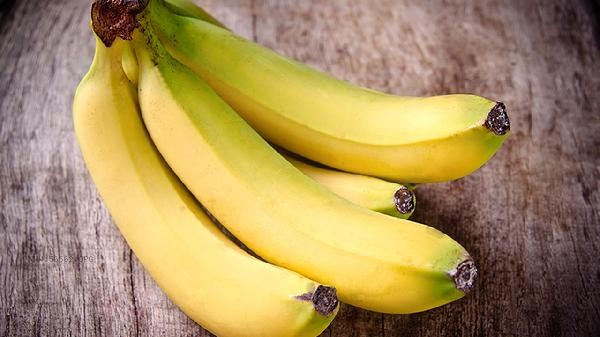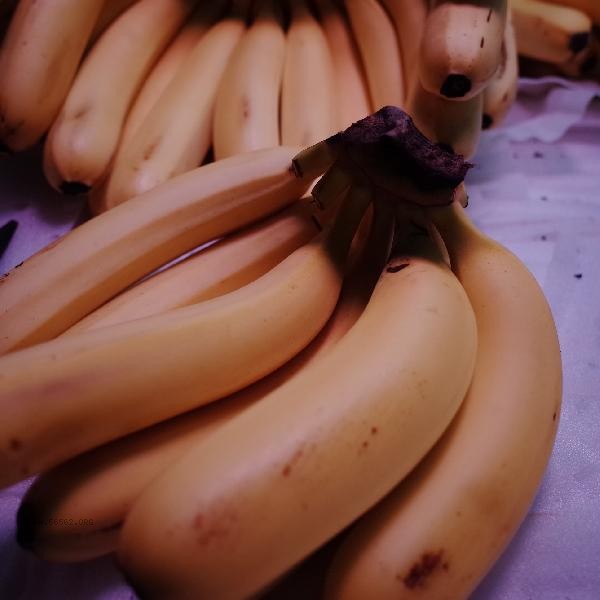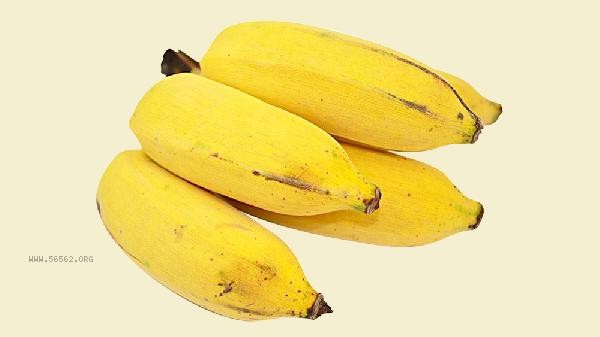Preventing banana oxidation can be achieved by controlling temperature, isolating oxygen, acidic treatment, reducing mechanical damage, and inhibiting enzyme activity. Banana oxidation is mainly caused by the browning reaction of polyphenol oxidase in contact with oxygen, and color change can be effectively delayed by intervening in the reaction conditions.

1. Temperature control
Low temperature can significantly reduce polyphenol oxidase activity. Storing bananas in an environment of 13-15 degrees Celsius can prevent frostbite and delay oxidation. When refrigerating, wrap the fruit stem with plastic wrap to reduce water loss, but the flesh should not come into direct contact with a cold source. Tropical fruits are sensitive to low temperatures, and temperatures below 10 degrees Celsius may cause cold damage.
2. Isolate oxygen
Wrap the banana cutting surface tightly with cling film to block air contact. Vacuum packaging or soaking in clean water can also reduce oxygen exposure, but the latter may affect the taste. The protective layer formed by the application of acidic substances such as lemon juice also has a barrier effect, while providing an acidic environment to inhibit enzyme activity.
3. Acidic treatment
Vitamin C solution or lemon juice application can lower the pH value and inactivate polyphenol oxidase. Soak banana slices in an aqueous solution containing 1% citric acid for 1-2 minutes, and after removing and drying, the oxidation rate significantly slows down. Acidic environment can also protect nutrients such as vitamin C from being destroyed.

4. Reduce mechanical damage
Banana skin damage accelerates the oxidation process. Avoid squeezing and colliding during picking and transportation, and peel off the skin before consumption. If cutting is required, use a sharp knife to reduce cell rupture, and immediately perform antioxidant treatment after processing. Hanging and storing intact bananas can reduce crushing damage more effectively than stacking them.
5. Inhibition of enzyme activity
Transient blanching can denature and inactivate polyphenol oxidase. Soak banana slices in hot water at 80 degrees Celsius for 30 seconds and then quickly cool to maintain color for more than 6 hours. This method will slightly alter the texture and is suitable for subsequent cooking use. Soaking in salt solution can also inhibit enzyme activity through osmotic pressure. When storing bananas in daily life, they can be hung in a cool and ventilated place to avoid direct sunlight and accelerate ripening. It is recommended to combine sliced bananas with other fruits containing vitamin C to synergistically delay browning. Commercial transportation often uses ethylene absorbents and temperature controlled containers, while households can wrap the fruit stalks with tin foil to delay ripening. Choose bananas with consistent maturity and store them in bundles to avoid over ripe fruits releasing ethylene to ripen surrounding bananas. If long-term storage is required, peeling, cutting and freezing can maintain the color, but the texture will soften after thawing, making it suitable for making milkshakes or baking.









Comments (0)
Leave a Comment
No comments yet
Be the first to share your thoughts!